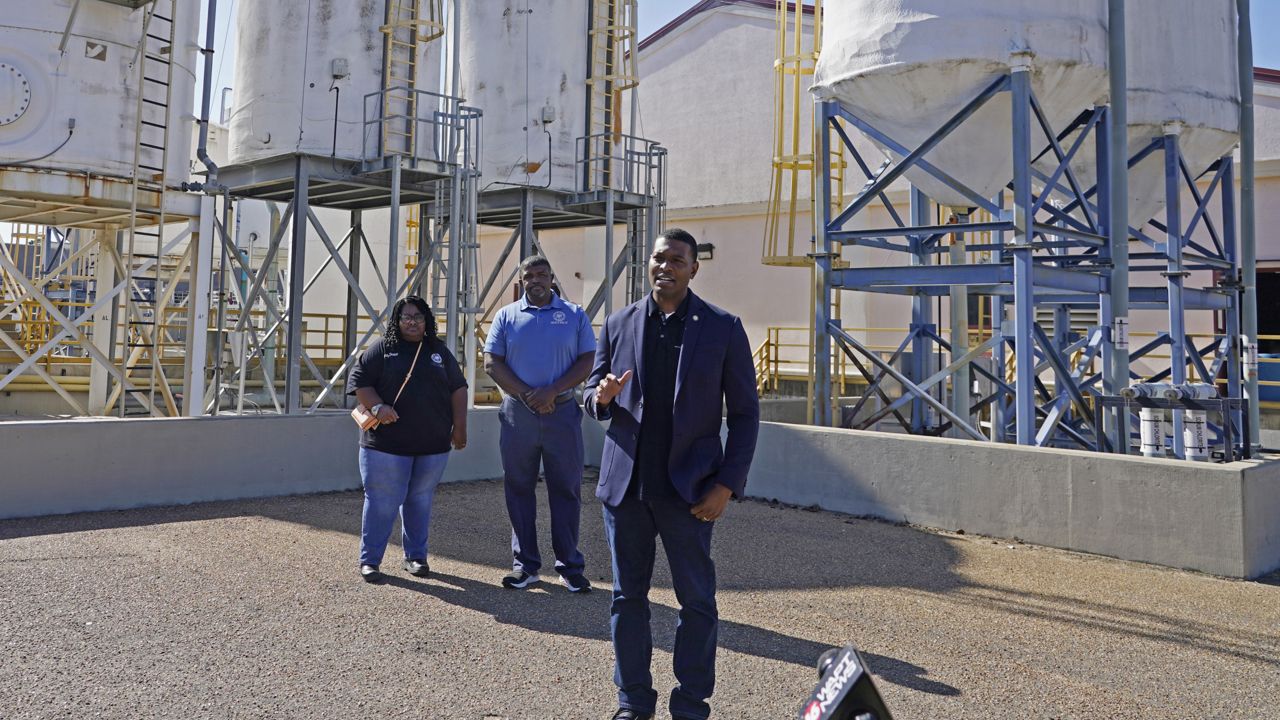Michael Regan, administrator for the Environmental Protection Agency (EPA), on Thursday encouraged local governments to focus their portion of the $50 billion from the Bipartisan Infrastructure law to improve water infrastructure and ensure Americans have access to clean drinking water in historically disadvantaged communities.
In a letter addressed to state governors, Regan called the investment “nothing short of transformational,” and added that it is the “single largest investment in water that the federal government has ever made.”
“As leaders, we must seize this moment,” Regan wrote in part. “Billions of dollars are about to start flowing to states and it is critical that EPA partners with states, Tribes, and territories to ensure the benefits of these investments are delivered in the most equitable way.”
The EPA hopes states and tribal governments will prioritize three specific issue areas with the new funding: Targeting resources towards historically disadvantaged communities, removing lead from all drinking water across the country and tackling so-called “forever” chemicals, which refers to man-made compounds that do not naturally decompose in the environment.
Forever chemicals are associated with higher rates of cancer, reproductive and immune system harm and other diseases.
The EPA will release $7.4 billion of the funds in 2022, with most coming in the form of grants or principal forgiveness loans.
Regan’s letter said the EPA “strongly urges” states and other recipients to focus funds first on disadvantaged communities, saying the administration will offer support to local governments who do so.
Regan cited his recent “Journey to Justice” tour of the Southern United States, saying he got a first-hand view of regions that have been forgotten by both federal and state governments for too long.
The trip highlighted communities that have long suffered from environmental racism, an issue President Joe Biden hopes to address, in part, with the billions of dollars in funding that will come from his $1.2 trillion bipartisan infrastructure bill.
One example came during Regan’s visit to Jackson, Mississippi, when health officials issued a citywide boil notice, advising residents to take caution and boil water before use, hours after Regan met with community leaders about the city’s unreliable water system.
More than $400 million to support water infrastructure — including stabilizing city water systems — will go to the state of Mississippi, with $75 million of those funds being released in 2022.
Regan’s announcement on Thursday also revealed the allotments states and other governments will receive for 2022. Around $7.1 billion will go towards state governments; another $110 million will go to territories with a final $154 million allocated to Tribal governments.
The highest grant allocated to a state went to California, with just over $609 million; the second highest sum, just over $507 million, went to Texas.
A full breakdown of the EPA’s 2022 state revolving fund allocations for water infrastructure can be found here. EPA assistant administrator Radhika Fox will issue guidance for the specific use of funds in the coming weeks.


